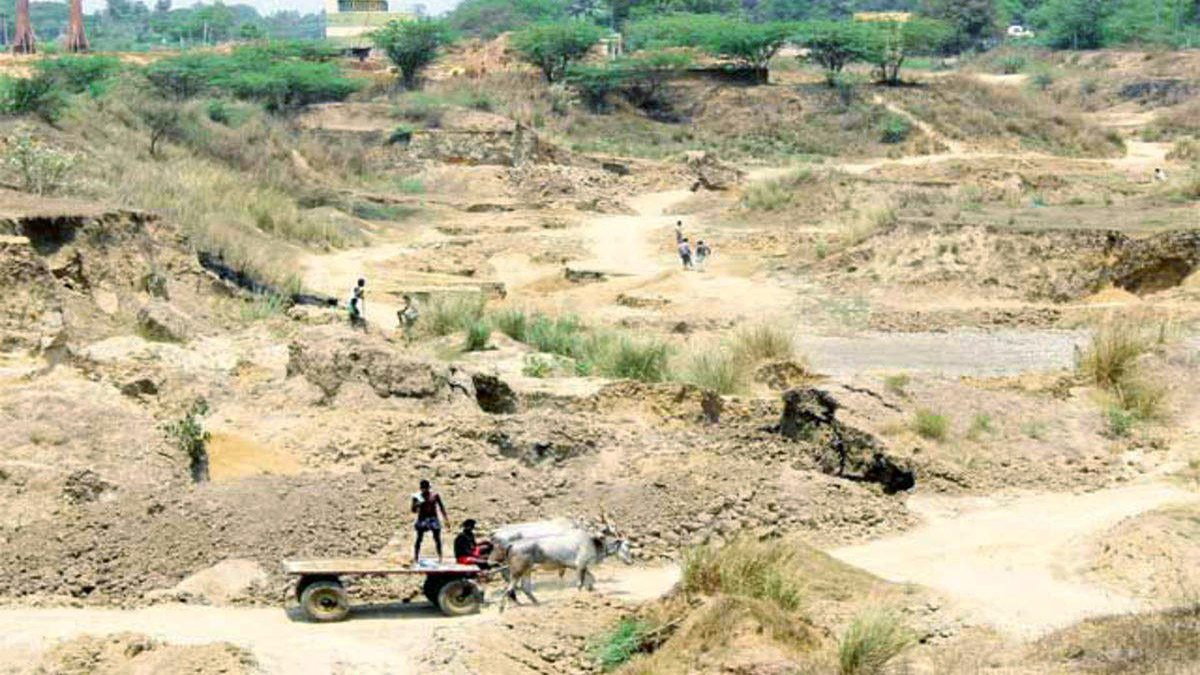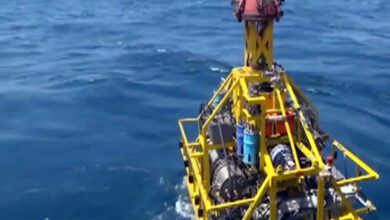Illegal mining has been a persistent issue in India, leading to environmental degradation, revenue loss, and posing threats to the safety of miners and surrounding communities. To combat this menace, State Governments have been actively working under the ambit of the Mines and Minerals (Development and Regulation) Act, 1957, empowered by Section 23C, to implement rules and measures aimed at curbing illegal mining activities.
In response to the alarming rise in illegal mining cases, 21 State Governments have framed rules under Section 23C of the MMDR Act, 1957 to tackle this issue head-on. Among the states, the Government of Telangana has made significant strides in identifying and reporting illegal mining activities.
According to the quarterly returns submitted by the Government of Telangana to the Indian Bureau of Mines (IBM), the number of illegal mining cases identified and reported in the last five years stands at a staggering 28,186. These numbers illustrate the magnitude of the problem and emphasize the need for stringent actions to safeguard natural resources.
To bolster their efforts, the Ministry of Mines, through the Indian Bureau of Mines, has adopted advanced technology to track and report illegal mining activities. The Mining Surveillance System (MSS) utilizes time-series satellite imagery data provided by the Bhaskaracharya National Institute for Space Technology and Geo-informatics (BISAG-N) in Gandhi Nagar. The MSS has been instrumental in identifying mining activities that extend beyond the lease boundaries, enabling the concerned State Government to take appropriate action.
Despite the substantial number of cases identified, it is crucial to address the lack of follow-up actions taken. As per the provided data, no FIRs or court cases have been filed in response to the identified illegal mining activities. Furthermore, the number of vehicles seized in connection to illegal mining remains disappointingly low.
In an encouraging development, the State Government of Telangana has managed to realize fines amounting to ₹5080.32 lakh (approximately ₹50.80 crore) from the perpetrators of illegal mining activities. This indicates the potential for financial penalties as an effective deterrent against illegal mining.
To curb illegal mining further, it is imperative for State Governments to proactively enforce stricter regulations and prosecute offenders promptly. The lack of FIRs and court cases raises concerns about the need for a more robust legal framework and commitment from law enforcement agencies to combat this illicit activity.
Additionally, the State Government of Telangana should be commended for leveraging technology through the Mining Surveillance System (MSS). By actively using satellite imagery data, the Government has demonstrated its commitment to curbing illegal mining.
The fight against illegal mining is an ongoing battle that requires the collaborative efforts of all stakeholders, including governments, mining companies, law enforcement agencies, and local communities. Strict enforcement of existing laws, improved monitoring mechanisms, and public awareness campaigns can collectively contribute to safeguarding India’s natural resources and fostering sustainable mining practices.












